
I’m often asked, how do I know if there are hogs in my hunting area? Well hogs leave tell tale sign, and often lots of it. Here’s a brief overview of what to look for to determine if you do if fact have a huntable population of hogs in your area.
But first I must mention a few things on suitable hog habitat. Basically, in order for there to be resident hogs in an area you MUST have water, cover and food. Leave out any one of these and you won’t have resident hogs.
Tracks. Watch wet, damp or dusty areas where animals can easily leave tracks, especially on worn game trails. A hog’s hoof has a rounded front so is easy to tell from a deer’s which has a pointed front. The following picture includes a .223 round to give you and idea of size.
Trails. If you have a good population of hogs they will leave very obvious trails, especially where they go in and out of their thick cover bedding areas when going to and from feeding. You can confirm the trail is a hog trail by tracks and its tunnel effect that is too low for deer or livestock to easily pass through.
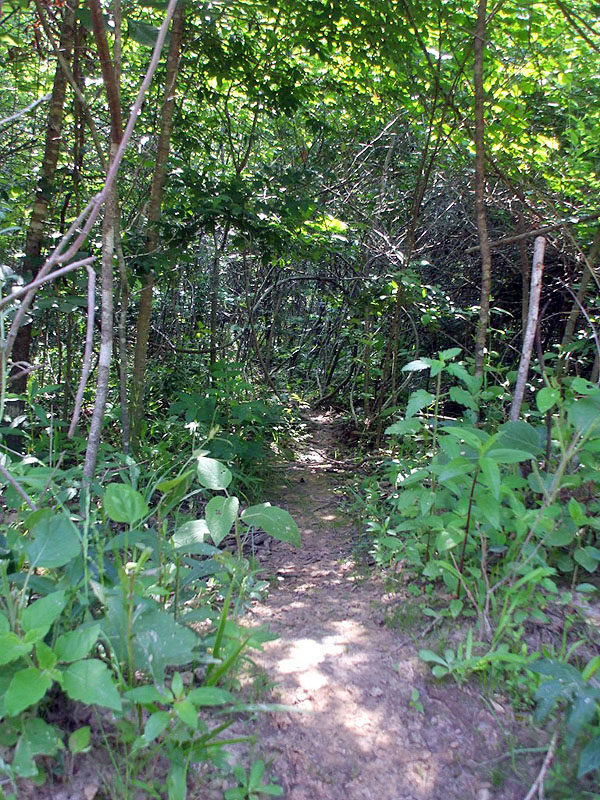
Rooting. Hogs do tremendous damage to farmland and cattle pastures by rooting for grubs and roots. They will often pick an area because the ground is soft and can do tremendous damage overnight. These areas sometimes look like a farmer has done a rough plow job they are so extensive. Rooting is more common when the ground is soft and seems to be more prevalent in the winter months. Sorry I don’t have a better picture of rooting, but food is so plentiful on the ranch right now the hogs are doing very little rooting.
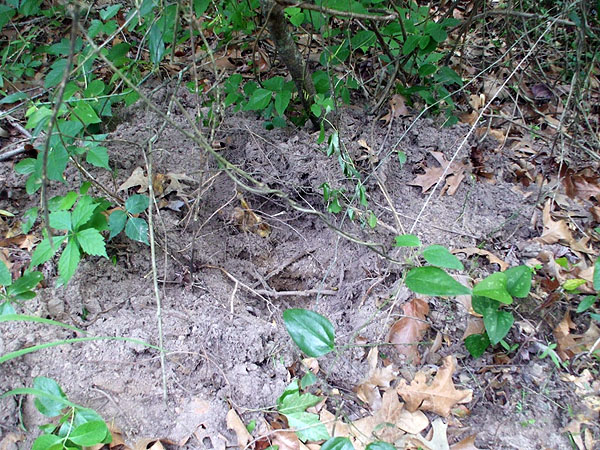
Rubs. Hogs love to rub on utility poles and trees, especially pine trees. They do this to scratch their itch and get relief from parasites, which is why they normally choose creosote poles and pines with sap. If you locate several rubs you can be sure you have resident hogs in the area. Below is a picture of an extremely active hog rub.
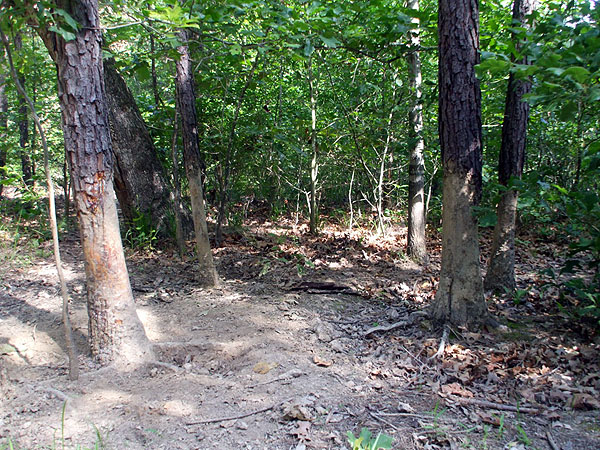
Wallows. Hogs can’t sweat so they seek shaded areas, damp mud and water to cool their bodies. Like rubs an active wallow will tell you without a doubt there are resident hogs in the area. Active rubs and wallows are mostly a warm weather indicator, but old sign in the winter can often still indicate hogs are in the area, especially rubs.
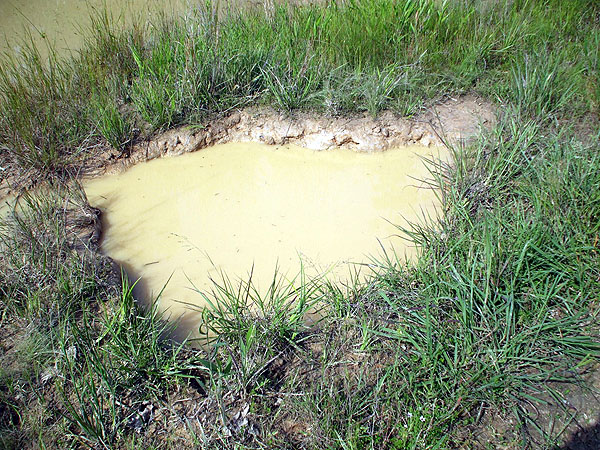
Basically look for tracks and trails year round, rooting when the ground is soft and food is scarce and rubs/wallows when it’s warm.
OK, let’s say you have determined there ARE hogs in your area, how do you connect with them? The easiest and most surefire method (unless acorns are on the ground or you have extensive and close competition from farm crops) is “little yellow decoys”. I’m talking CORN here to those of you new to hunting Texas style. A good corn feeder set-up where there is good cover and close water will soon draw in hogs like honey does flies. For maximum effect your feeder should be able to be set for your desired feed times, I’ve tried most of them and have settled on the Fieldpro 5. Set your feeder to throw just after daylight, 1.5 hours before last shooting light and again 30min before last shooting light. Below is a picture of the perfect set-up: Water, cover and food. This is a close to a sure thing as you will get hog hunting.
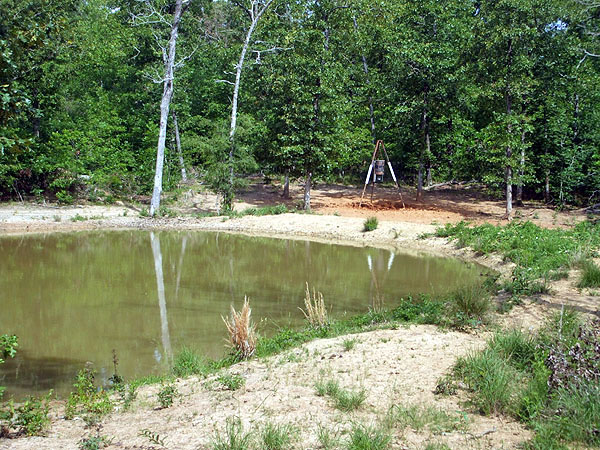
If you want to extend your hunting and dramatically increase your chances of success get one of the excellent Texas Boars LED feeder lights and adjust your feed times accordingly. That’s all for now, because hog hunting techniques is the topic of another article!
On the web:



Our hog population is being threatened by the african hog disease which is already verified in Latvia Poland and Belarus!
Do you know this disease in the states?
Nothing like that here in the states that I know of, Juergen.
This is awesome info, we are in SC and we are seeing them .we know my boyfriend hit the hog we had near our pond an the farm but now to go look for it .It was 11:00 pm we saw blood away from where it was shot it’s just really thick and wet so I’m glad to know it’s probably laying further than we expected .Thanks for such great information!